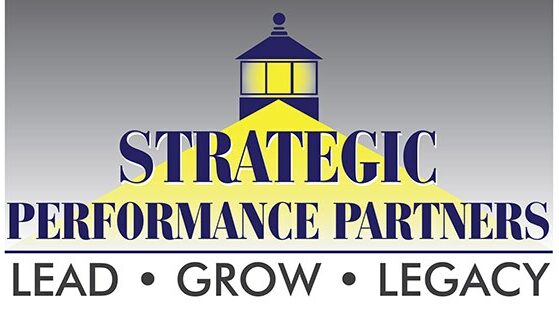
So you know you how strategic you are. The key question I got in email is, “I can be very strategic, but how do I get my team to implement my strategy?” I thought we should set some strategic ground rules on what to expect if you hope to be successful implementing your strategies. If you develop and cultivate these key behaviors in yourself and others, you may be surprised how quickly your new strategies can deliver breakthrough results. Here’s how you cultivate your strategic advantage!
I have found there are several essential behaviors you must have if you hope to implement your strategy successfully. If you want to learn more about these, and I’m sure you do, you can find them in Larry Bossidy and Ram Charan’s best seller, Execution, that has recently been updated with a new introduction for our fast paced times. I share three of their key points on how to build an execution based business. The book should be required reading for anyone who hopes to build a successful business in today’s fast changing markets.
The first behavior of a strategic leader is that you must be a realist. Most executives fail to succeed not because of lack of trying, but because they fail to understand their current situation. Being a CEO can isolate you from the people you need most, people who tell you the truth. I believe this is the top reason my clients hire me as their coach. I’m not very good at telling people a story when they need to hear the truth.
The second behavior of a strategic leader is you must have is the ability to clearly define goals and priorities. It’s difficult for most leaders to hit a conceptual target. I can’t count the number on one hand who could see and create a future without a clear set of objectives. Take time to develop clear goals and objectives and you may be surprised how many times people hit the target the very first time.
The third behavior of a strategic leader is they reward people for the results. I find that many leaders struggle to tie others compensation to their corporate goals and objectives. It’s easy to do this for your sales and marketing professionals. It’s harder when you try to tie it to you HR or CIO’s bonus compensation. Both these individuals are responsible for developing your organization’s strengths and capabilities. This is why you should tie part of their compensation to the results they help you achieve.
The fourth behavior of a strategic leader is self-awareness and the ability to evaluate others’ unique strengths. In the past, a single leader could pull an organization to a different level with their own capabilities. Today, successful leaders must be able to lead a team with a wide range of personalities and strengths. To do this effectively, a senior leader must know their own limitations while leveraging the skills of other leaders on their team. It’s always surprising to me how many of my senior leaders help develop people two levels down.
One of the lessons of the past 10 years has been your best future leaders may not be on your leadership team, but they are waiting for an opportunity to grow. If you don’t provide it, other organizations will. Many of the most successful startups have come from entrepreneurs who were not recognized for their talents in their earlier organizations and decided to strike out on their own, many times taking the best talent with them. Knowing all your key people is a critical skill in developing a winning organization. Learn to invest your time in building pockets of excellence across your organization. It’s easy to do and provides your business tremendous competitive advantage over a short time.
I hope these several behaviors of strategic leader got you thinking. Next week, I share a strategy framework that allows you to successfully implement your strategies faster and easier than you might think possible today. See you next week.
